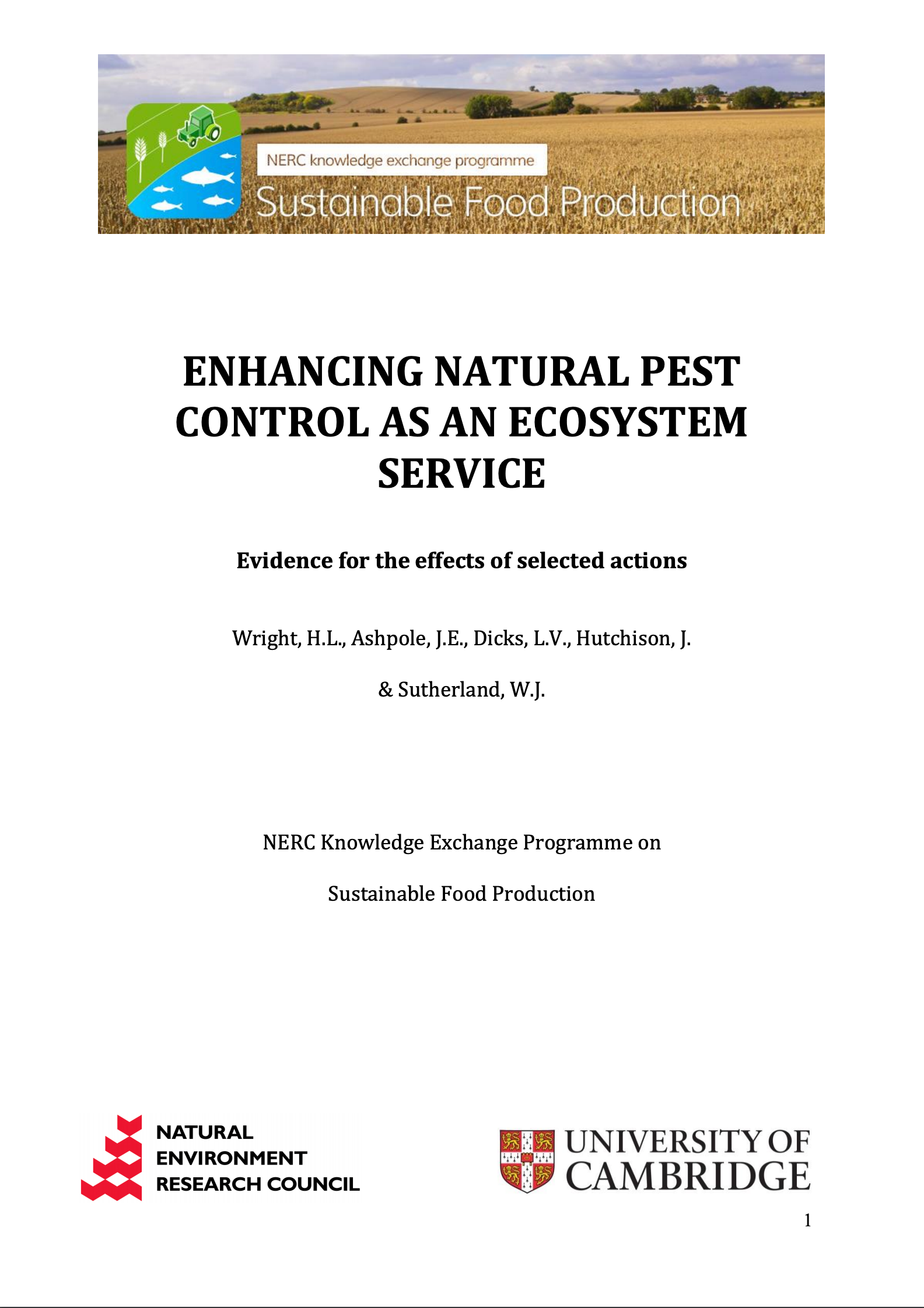Isolate colonies of beneficial ants
-
Overall effectiveness category Unknown effectiveness (limited evidence)
-
Number of studies: 1
View assessment score
Hide assessment score
How is the evidence assessed?
-
Effectiveness
60% -
Certainty
19% -
Harms
0%
Study locations
Supporting evidence from individual studies
A replicated, controlled experiment in 1996-1997 in Northern Territory, Australia (Peng et al. 2001) found predatory green ants Oecophylla smaragdina occupied more cashew Anacardium occidentale trees when their colonies were kept isolated from each other (100% of trees occupied) than when left to interact normally (52-66%). Damage by tea mosquito bugs Helopeltis pernicialis, mango tip-borers Penicillaria jocosatrix and fruit spotting bugs Amblypelta lutescens was 1% in the colony isolation treatment compared to 23%, 8% and 14% (for these pests respectively) in the non-isolation treatment. Yields were higher in the colony isolation treatment (10.5 and 14.5 kg/tree, in 1996 and 1997 respectively) than the non-isolation treatment (4.6 and 3.9 kg/tree). Ant colonies were isolated by pruning tree branches that linked a colony to other trees occupied by rival colonies. Four colonies in 14 trees were isolated from April onwards in 1996, and five colonies in 16 trees were isolated from March onwards in 1997 (at the same site). In nearby parts of the plantation, 9-12 colonies were identified but not manipulated, creating non-isolated controls. The percentage of flower shoots damaged by pests was recorded fortnightly from June to November, in the bottom and middle of the tree canopy.
Study and other actions tested
Where has this evidence come from?
List of journals searched by synopsis
All the journals searched for all synopses
This Action forms part of the Action Synopsis:
Natural Pest Control
Natural Pest Control - Published 2013
Natural Pest Control Synopsis





)_2023.JPG)














